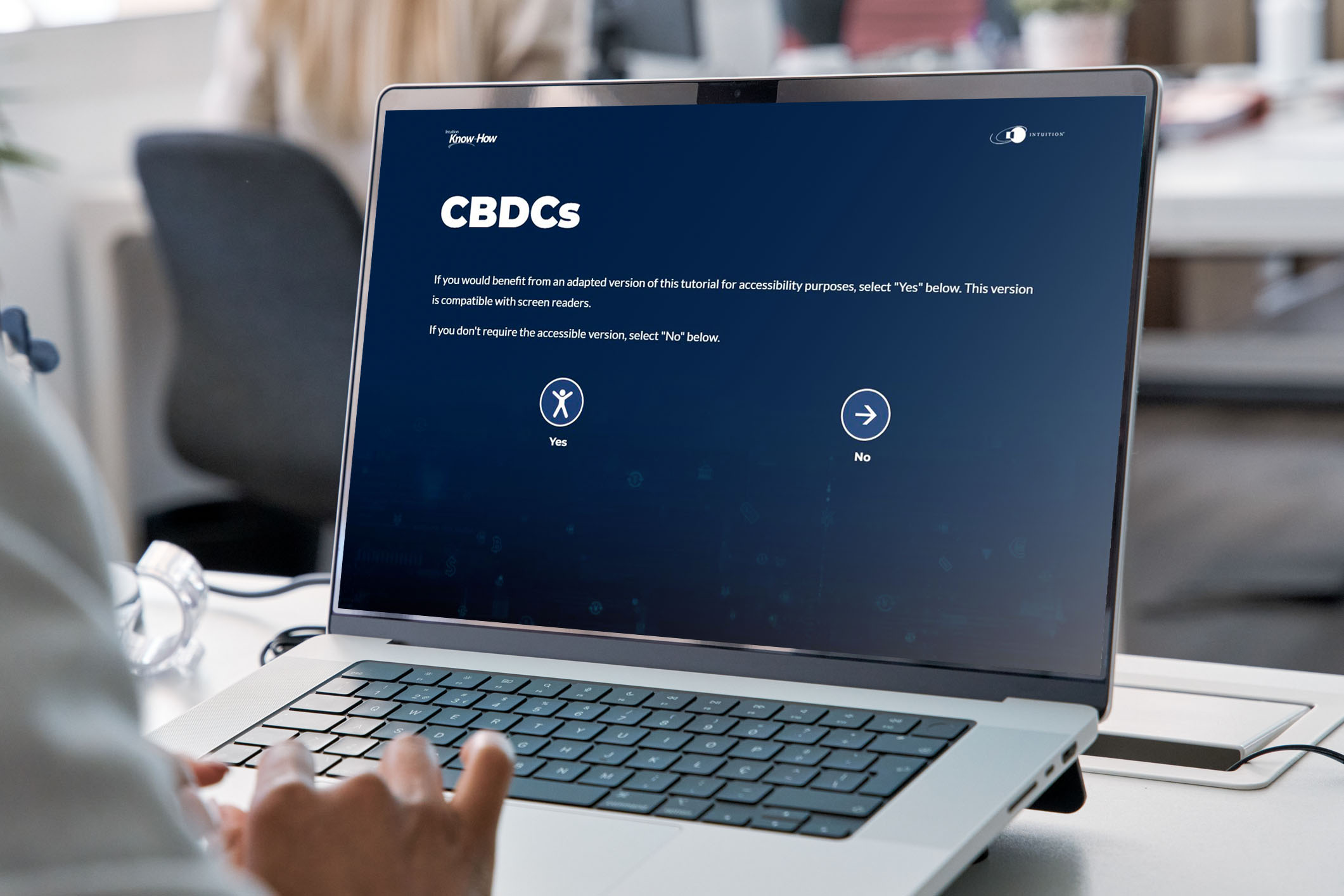Stablecoins come under increased scrutiny
For an asset type often regarded as a “safer” corner of the crypto world, stablecoins have attracted a surprising degree of regulatory scrutiny. While stablecoins are designed to maintain a stable value, their underlying structures and use cases vary, meaning not all stablecoins are created equal. Regulators are concerned about the potential for stablecoins to pose systemic risks, particularly given their intersection with traditional financial systems.
Stablecoins are a type of crypto asset that – as the name implies – are designed to maintain a stable value by being pegged to a stable asset such as a fiat currency. Perhaps the best-known stablecoin is Tether (USDT), which is pegged to the US dollar. The idea is to shield investors from the extreme volatility that has characterized many crypto assets.

Stablecoins seen as posing threat to financial stability
Nevertheless, the touted safety of stablecoins has not insulated them from growing attention from national regulators and the global standard-setting bodies – such as the Financial Action Task Force (FATF) – that help to shape the emerging regulatory framework.
An obvious concern regarding stablecoins is their widespread use in money laundering. However, anti-money laundering (AML) is arguably the most “standardized” area of regulation. For all the lack of cohesion that still hampers crypto asset regulation, supervisory bodies across the board have long been aligned when it comes to AML. Further, money laundering is a risk that applies to all crypto assets, not just stablecoins.
The reason stablecoins have attracted special attention therefore goes beyond AML. In fact, the primary concern for regulators seems to be the perceived threat they pose to financial stability, given their size and their intersection with the regulated financial system.
Know-How spotlight: PayTech, crypto, risk management and more

EU redefines “stablecoin”
The EU’s Markets in Crypto Assets Regulation (MiCA) is the most comprehensive emerging crypto asset regulatory framework among major jurisdictions. Following the guidance of standard-setting bodies such as the FATF, the Financial Stability Board (FSB), and the International Organization of Securities Commissions (IOSCO), MiCA includes a detailed and strict set of rules for stablecoins. Redefining this asset subtype on its own terms, MiCA has introduced new categories and terms not previously used by market practitioners, effectively ditching “stablecoin” from its lexicon. Instead, MiCA identifies two other asset types:
- E-Money Tokens (EMTs): Pegged directly to a single fiat currency (like the euro or US dollar), an EMT essentially operates as a digital representation of the currency to which they are pegged.
- Asset-Referenced Tokens (ARTs): Pegged to a basket of assets, including commodities, other currencies, other digital assets, or some combination thereof, an ART is designed to be widely used as a store of value or medium of exchange.
Tough requirements strike blow to crypto industry
The requirements MiCA has imposed on these newly defined asset categories are far-reaching and strict. Some of the key rules relate to:
- E-money licenses: Any EMT operating in the EEA must have an e-money license from at least one EU member.
- Reserve and redemption requirements: EMT issuers are required to maintain adequate reserves fully backing their tokens and ensure convertibility. This means holders have a clear legal claim to redeem these tokens at face value from reserves.
- Market cap and transaction limits: ARTs with a large market capitalization or high transaction volumes may be subject to transaction volume caps if regulators deem them a systemic risk.
- Investor protection: EMT and ART issuers must disclose detailed information regarding token mechanics, risk factors, and redemption rights, leading to additional administrative and compliance requirements.
- DeFi and cross-border use: EMTs and ARTs used in decentralized finance (DeFi) or cross-border transactions may face various regulatory restrictions, particularly around jurisdictional requirements and oversight.
- Interest: MiCA prohibits EMTs and ARTs from offering interest on holdings, making them less appealing to investors compared to traditional interest-bearing accounts.
Aimed at upholding core principles such as transparency and investor protection, as well as mitigating systemic risk, these rules are also exacting a heavy toll on the crypto industry. Coinbase, for instance, has preemptively delisted some stablecoins in anticipation of these requirements coming into force, presumably in the knowledge they won’t meet the classification criteria for EMTs or ARTs.

Implications for USDT
While USDT may be the most well-known stablecoin, its treatment by MiCA is not yet clear. Despite its US dollar peg, the reserve holdings that back USDT have historically included a mix of assets, including commercial paper, loans, and other investments, which would effectively disqualify it from EMT classification. At the same time, given the single-asset peg, it may not qualify as an ART or may, in any case, fail to meet other requirements listed above.
USDT’s ongoing woes
Meanwhile, USDT continues to be plagued by its association with illicit activity and controversy surrounding its reserves. According to the Wall Street Journal, Tether (the company) is under investigation by the US Department of Justice, given extensive alleged use of USDT in illicit activity, including money laundering, drug trafficking, terrorism, and cybertheft – allegations that are refuted by Tether executives.
Compounding Tether’s difficulties are lingering concerns regarding the transparency of the reserve assets that are supposed to back the stablecoin. They are claimed to be a mix of Bitcoin, gold, and US T-bills covering some USD120 billion USDT in circulation, but these reserves have not been audited.
Conclusion
The regulatory focus on stablecoins shows no sign of abating. The UK, for instance, is expected to adopt measures similar to MiCA in the coming months. In an emerging global framework that aims for cohesion but still shows notable divergences across jurisdictions, could stablecoins be one area where a regulatory consensus is forming – akin to AML? A key difference is that whereas AML is an obvious priority for regulators, the level of scrutiny shown toward stablecoins has taken many market participants by surprise.
Intuition Know-How has a number of tutorials relevant to the content of this article:
- Digital Assets
- DeFi
- Crypto Derivatives
- Tokenization
- Blockchain
- Anti Money-Laundering (AML) (2024)
- Markets Regulation – An Introduction
- Regulation – An Introduction
- Crypto Assets – An Introduction
Learn more about Know-How
Fill in the form below to view all tutorials and courses offered within Know-How.


